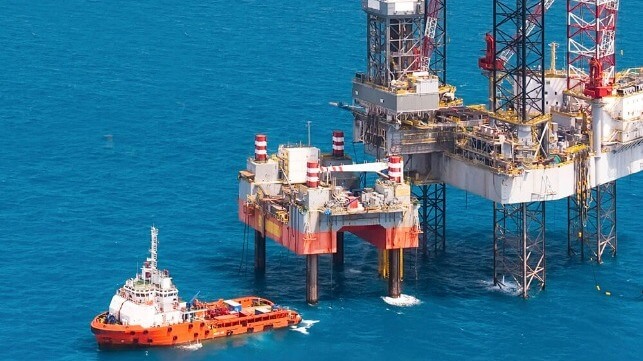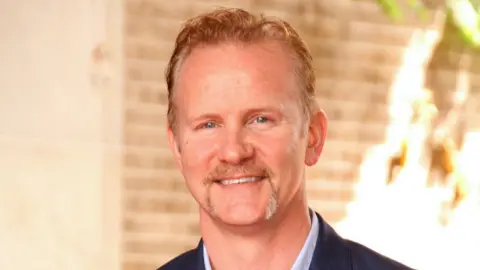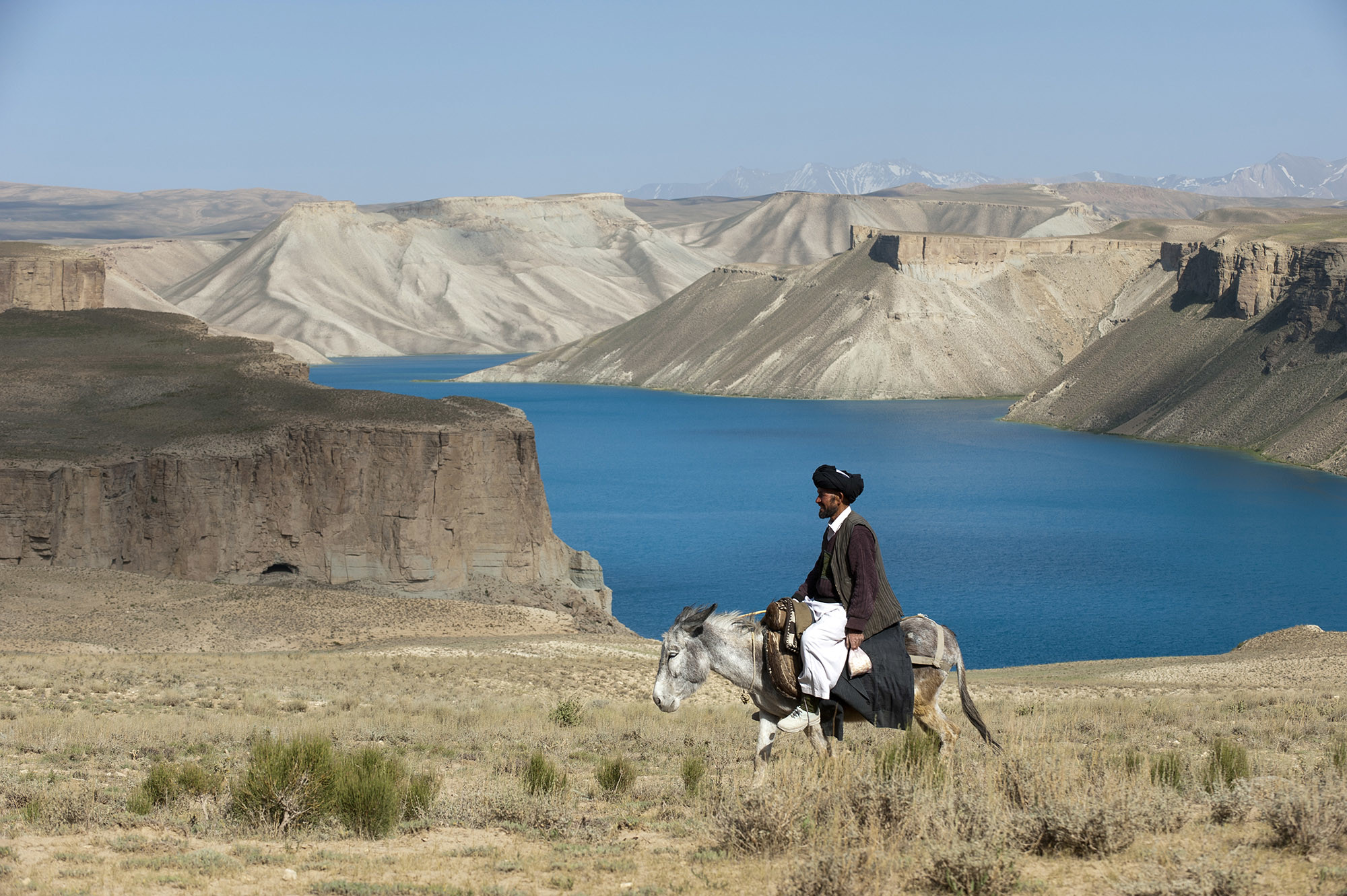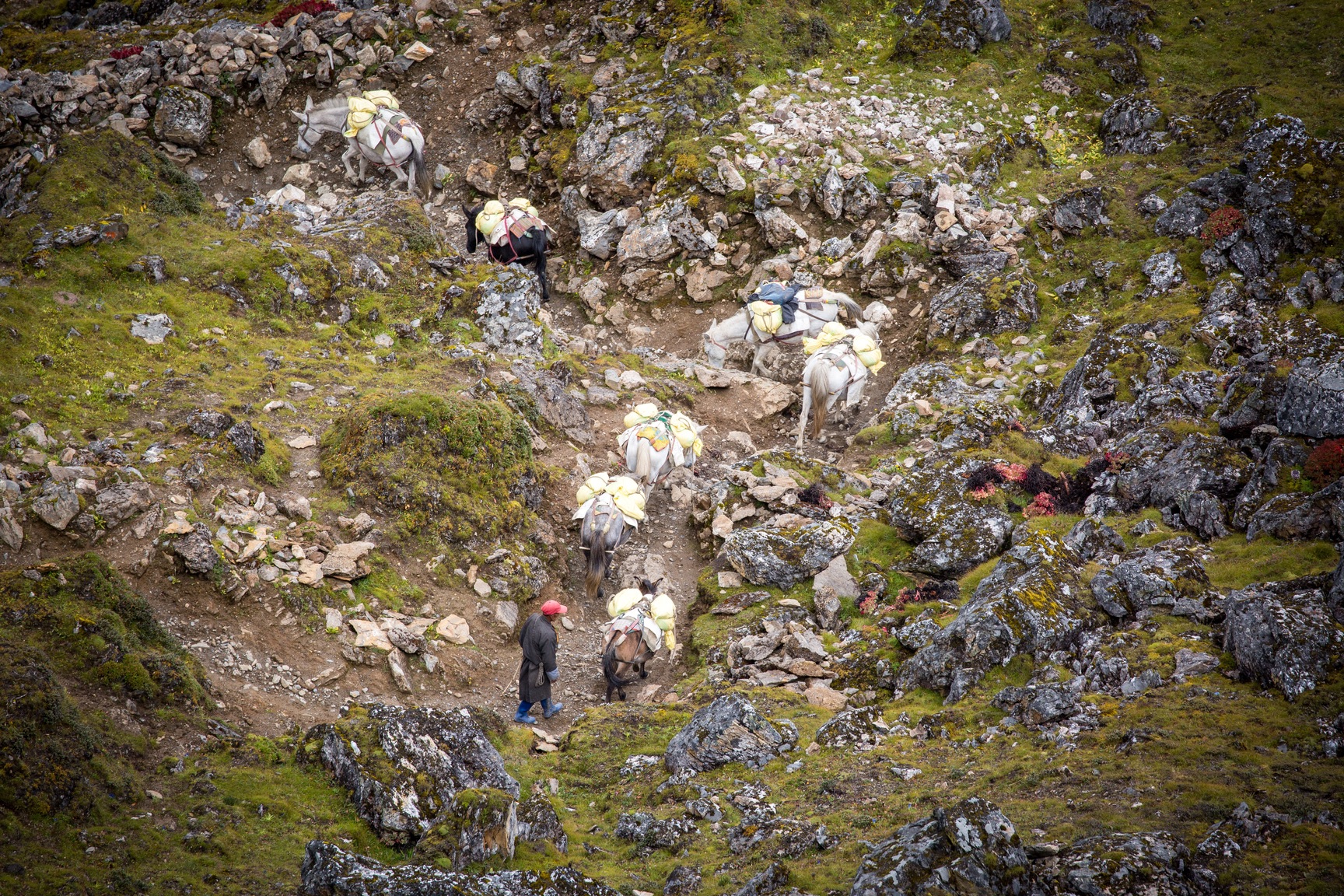Climate Change May Be Fueling a Resurgence of Piracy Across Africa
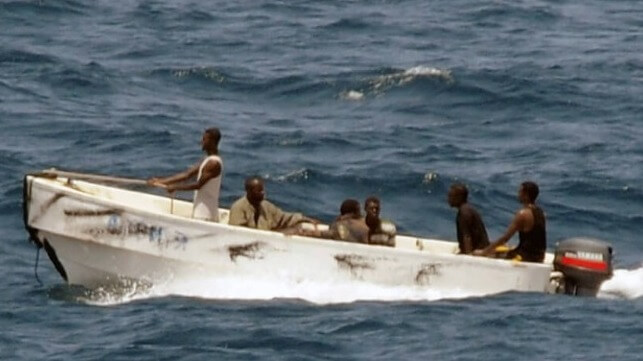
[By Selina Robinson]
In the churning waters off Nigeria, armed pirates in small skiffs speed towards a cargo ship. They clamber aboard, seizing control of the vessel and its valuable cargo. This isn’t a scene from a swashbuckling film; it’s a stark reality for seafarers in many parts of the world.
Piracy poses a threat to global shipping, trade and the safety of seafarers. In 2020 alone, there were 135 maritime kidnappings, with the Gulf of Guinea off the West African coast accounting for over 95% of abductions. Pirates often subject hostages to violence, torture and even execution.
What’s more concerning is that climate change seems to be making the problem worse. In regions like East Africa, climate change is devastating the coastal fisheries that people have depended on for generations.
Climate change is causing fish stocks to decline as some species migrate out of the reach of local fishermen. And prolonged drought and extreme weather have exacerbated food insecurity and poverty on land. Some former fishermen, in collaboration with militias and unemployed youth, have turned to piracy as a means of survival.
Armed security measures in Somali waters over the past decade have successfully reduced the number of piracy incidents in the region. However, recent data suggests that piracy in Somalia is rearing its head again. In the first quarter of 2024, there were 33 incidents reported off the Somali coast, including two hijackings.
A similar story is unfolding thousands of kilometres away in the Gulf of Guinea. Piracy there is linked to oil theft by criminal groups who recruit impoverished youths to hijack tankers and siphon crude. Research has found that warming waters and rampant illegal fishing have decimated local fisheries and have left coastal residents with little to fall back on.
In the Ivory Coast, the total catch fell by nearly 40% between 2003 and 2020. In Ghana, landings of small fish dropped by 59% between 1993 and 2019. And projections for these two countries and Nigeria suggest that the haul could plunge by another 50% by 2050.
The illicit profits from oil theft are immense. For Nigeria alone, these profits are estimated to be between US$3 billion (£2.35 billion) and US$8 billion each year. This dirty money fuels arms trafficking, corruption and lawlessness – a vicious cycle that undermines development and security efforts.
As climate change and illegal fishing deepen poverty in the region, more desperate people may turn to maritime crime. This would perpetuate instability and threaten the safety of seafarers and global trade.
Tackling piracy’s roots
Investment in sustainable fishing, alternative livelihoods and economic development in coastal regions made vulnerable by climate change are essential to stem the rising tide of piracy.
The Puntland Maritime Police Force, a security force based in the semi-autonomous region of Puntland in north-eastern Somalia, curbed piracy in Somali waters effectively after its formation in 2010. Pirate attacks off the Somali coast fell from a peak of 237 in 2011 to just nine in 2017.
By patrolling territorial waters, the force deters pirate activity and intercepts attacks before they happen. It also focuses on training and equipping local authorities, fostering a sense of ownership in maritime security.
Alongside security measures, the Puntland Maritime Police Force has helped build coastal communities that are more resilient to the effects of climate change. With the support of the United Arab Emirates, it is investing in infrastructure projects like schools, hospitals and roads, while also supporting alternative livelihoods through fishing cooperatives and vocational training programmes.
The success of the Puntland Maritime Police Force showcases the effectiveness of an approach that addresses both the symptoms and the underlying causes of maritime crime.
Climate change is not solely responsible for the resurgence in pirate activity. Illegal fishing by foreign vessels is further depleting fish stocks and damaging marine habitats. This, alongside climate change, limited economic alternatives and weak governance, is creating conditions that are conducive to the rise of piracy.
Thus, cracking down on illegal fishing and improving maritime surveillance capabilities can also contribute to tackling piracy. In Somalia, the EU’s satellite monitoring systems have helped to track fishing vessel activity in the region and deter the illegal fishing that can fuel piracy.
And information sharing initiatives between countries are fostering greater regional cooperation and enabling a more coordinated response to maritime threats. The so-called Shared Awareness and Deconfliction initiative in the Gulf of Guinea, for example, involves regular meetings between navies, coastguards and industry stakeholders to share intelligence, coordinate patrols and develop best practices for maritime security in the region.
Ultimately, piracy is a symptom of the wider instability caused by climate change in many of the world’s most vulnerable coastal regions. Inaction will put more lives at risk and threaten the maritime trade that powers the global economy.
The surge of piracy in the world’s warming waters is a forewarning. It shows how quickly communities can destabilise when climate change erodes traditional livelihoods. Defusing this threat will require a more sustainable, equitable and climate-resilient future for coastal communities – before more desperate people turn to piracy to survive.
Selina Robinson is a Senior Lecturer in Forensic Investigation at the University of Winchester
This article appears courtesy of The Conversation and may be found in its original form with its supporting links here.
Spanish Frigate Secures Cargo Ship After Failed Pirate Attack

The Spanish frigate Canarias which is operating as part of EUNAVFOR Atalanta came to the rescue of the second merchant vessel in less than two weeks. A team from the Spanish vessel boarded and secured the German-managed Basilisk which had been boarded yesterday and provided medical treatment.
The Canarias (3,160 tons displacement), commissioned in 1994, has regularly been assigned to the region by Spain as part of its contribution to the security efforts. Atalanta reports the vessel reached the Basilisk Thursday night and Spanish troops used the “Fast-Rope technique” transferring by helicopter to the deck of the Liberian-registered Basilisk (17,800 dwt).
The multipurpose cargo ship was approximately 380 nautical miles east of Mogadishu, Somalia, heading north when two small boats had come alongside on Thursday. An undetermined number of pirates boarded the ship and attempted to take control. Security consultant Ambrey reports that the 17 crew, except the captain, secured themselves in the citadel and remained there until the Spanish forces boarded.

Spanish troops boarding the Basilisk (EUNAVFOR)
When the pirates boarded the vessel one of the crewmembers was injured according to EUNAVFOR and they provided medical assistance. Ambrey is reporting it was the captain who had been shot in his arm.
The Spanish forces reported that the pirates had fled the vessel and they confirmed that the ship was secure. The Basilisk is continuing on its voyage to the United Arab Emirates.
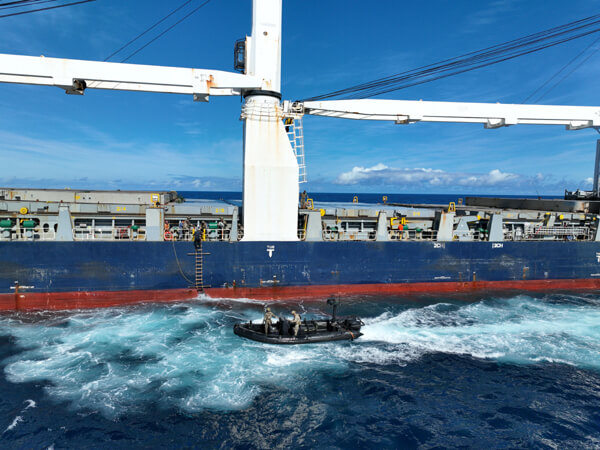
Spanish forces secured the Basilisk and provided medical attention to the injured crewmember (EUNAVFOR)
Separately today, EOS Risk Group is reporting that a cargo ship registered in Panama, sailing approximately 185 nautical miles southeast of Hafun, Somalia, was approached by three small boats. The vessel is the Al Amal, an 8,900 dwt cargo ship, is managed out of Oman. It is unclear where the vessel was heading.
“Al Amal was requested to reduce speed, however, increased speed to open distance from suspect dhows,” writes Martin Kelly, Head of Advisory at EOS Risk Group. The small boats reportedly were following the cargo ship for over five hours.
Nearly two weeks ago, the same Spanish frigate, Canarias, also responded to reports of another incident in the Indian Ocean. Pirates had exchanged gunfire with the security crew on a product tanker. The pirates withdrew without boarding the vessel, but the Canarias was able to find the pirates. They were handed over to the Seychelles for prosecution.
